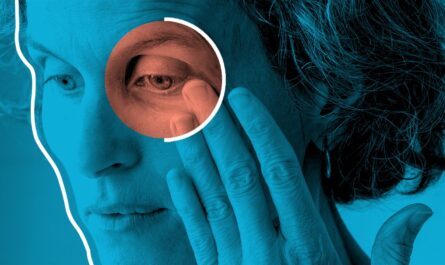Southern blotting is a technique commonly used in molecular biology that allows researchers to detect the presence of a specific DNA sequence within a DNA sample. This technique, developed in the 1970s by British biologist Edwin Southern, has proven invaluable for applications including gene mapping, molecular diagnostics, and genetic fingerprinting.
The Basics of Southern Blotting
A Southern blot works by separating DNA fragments by size through gel electrophoresis, then transferring the DNA from the gel onto a nylon or nitrocellulose membrane. This membrane is then exposed to a radioactive or non-radioactive DNA probe that is complementary to the sequence being detected. If the target sequence is present, it will hybridize or bind to the probe, allowing its location to be visualized.
The initial steps involve digesting DNA samples with restriction enzymes, which cut the DNA into fragments at specific sequences. The resulting DNA fragments are separated by size through agarose gel electrophoresis. Gel electrophoresis uses an electric current to separate DNA molecules—larger fragments move more slowly through the gel matrix compared to smaller fragments.
Once separated, the DNA is blotted or transferred from the gel onto a membrane using capillary transfer or a vacuum pressure method. The DNA fragments become irreversibly bound to the membrane in their original positions. This membrane is then exposed to a labeled DNA or RNA probe in a process called hybridization. Probes are designed to be complementary to a target sequence of interest—they may consist of a short synthesized DNA oligonucleotide or a longer DNA or RNA sequence.
Visualization and Analysis
The membrane-bound DNA is exposed to the labeled probe, which will selectively hybridize or bind to any complementary sequences present in the DNA samples. Radiolabeled probes using isotopes like 32P allow for visualization via autoradiography—the membrane is exposed to X-ray film or a phosphor screen which records the radioactive signal. Alternative non-radioactive detection methods employ probes labeled with enzymes, fluorophores or other tags.
With radiolabeled probes, bands where the probe binds appear as dark spots on the exposed X-ray film. The size and number of bands indicate whether the target sequence is present and in what fragments it is located. This visualization allows researchers to determine if a DNA sample contains the sequence complementary to the probe. Southern blots are analyzed by comparing bands between samples—identical patterns indicate sequences are likely present, while differences suggest absence or alterations in the sequence.
Applications in Molecular Biology
Southern Blotting Has Played a Key Role in Genomic Mapping
One of the earliest applications of Southern blotting was in gene mapping and determining the chromosomal locations of genes. By hybridizing DNA samples from a panel of mouse-human hybrid cell lines containing different human chromosomes with probes for specific genes, researchers were able to assign genes to chromosomes based on which samples showed hybridization. This technique was pivotal in early gene mapping efforts and the construction of basic genome maps.
Diagnostic Applications for Detecting Pathogens and Genetic Mutations
Southern blotting also found widespread use in molecular diagnostics. By probing with sequences complementary to viral, bacterial or other pathogen genomes, it allowed detection of infectious agents in clinical samples. This led to more rapid, specific testing for diseases like HIV/AIDS before the development of PCR-based methods. Southern blots continue to find use in identifying genetic mutations, for instance in conditions caused by defects at a single gene locus.
Fingerprinting and Paternity Testing
In forensic science and legal applications, Southern Blotting enabled DNA fingerprinting which revolutionized criminal investigation and identification techniques in the 1980s. By probing genomic DNA samples digested with particular restriction enzymes, polymorphisms in the resulting banding patterns provided a virtually unique “fingerprint” that could link or exclude individuals as suspects. Southern blotting also enabled early medical applications like paternity testing by matching banding patterns between infants, mothers and alleged fathers.
Advancements and Alternatives
While Southern blotting represented a landmark technique and found widespread use in research and clinical/forensic applications, it does have certain limitations. It is relatively labor-intensive and not suited for high-throughput analysis. The development of PCR and other amplification methods in the 1990s enabled detection of DNA sequences without the need for gel electrophoresis and blotting, speeding up analysis.
While Southern blotting is not used as widely today due its replacement by faster methods, it still retains value in certain research applications requiring high sensitivity and accuracy. Newer techniques like inverse PCR also allow Southern blot-like analysis without the need for restriction digestion and blotting. Overall though, Southern blotting represents an historically important molecular technique that helped transform research fields like genomics and established foundations for modern diagnostic and forensic DNA testing.
*Note:
1. Source: Coherent Market Insights, Public sources, Desk research
2. We have leveraged AI tools to mine information and compile it




